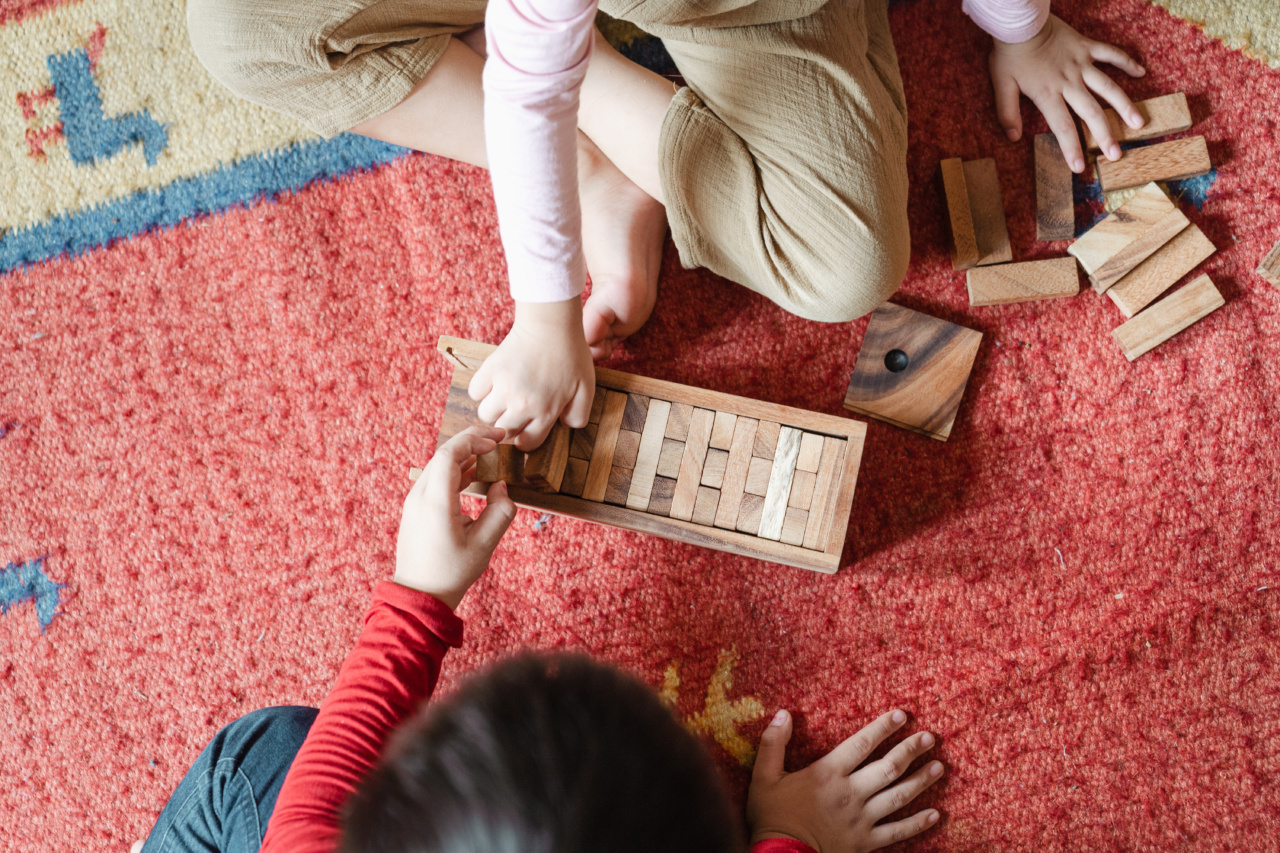Attention Deficit Hyperactivity Disorder (ADHD) is a condition that affects many children and can interfere with their academic and social lives. The symptoms of ADHD include hyperactivity, impulsiveness, and difficulty paying attention.
While there are many pharmaceutical treatments available, some parents and clinicians prefer to explore promising non-pharmacological interventions. In this article, we will discuss some of the treatments that have shown promise in improving attention in children.
1. Mindfulness Meditation
Mindfulness meditation has been shown to be an effective treatment for ADHD. By focusing on the present moment and practicing self-awareness, children can improve their attention and decrease impulsivity.
Several studies have found that mindfulness meditation can improve attention and reduce symptoms of ADHD in both children and adults.
2. Cognitive Behavioral Therapy (CBT)
Cognitive Behavioral Therapy (CBT) is a type of psychotherapy that can help children improve their attention and reduce symptoms of ADHD. CBT teaches children to recognize negative thought patterns and replace them with more positive and realistic ones.
By changing their thoughts, children can learn to manage their behavior and improve their attention.
3. Physical Exercise
Physical exercise has been shown to have many benefits for children with ADHD. Exercise can improve attention, reduce hyperactivity, and improve mood. This can lead to improved academic and social outcomes for children with ADHD.
Some studies have found that exercise can even be as effective as medication in treating ADHD symptoms.
4. Neurofeedback
Neurofeedback is a type of biofeedback that uses brain-imaging technology to help children learn to control their brainwaves.
By receiving feedback about their brain activity, children can learn to increase or decrease certain brainwaves associated with attention and focus. Some studies have found that neurofeedback can be an effective treatment for ADHD.
5. Dietary Changes
There is some evidence to suggest that dietary changes can improve symptoms of ADHD.
Some studies have found that eliminating certain foods, such as artificial additives and preservatives, can reduce hyperactivity and improve attention in children with ADHD. Other studies have found that increasing intake of omega-3 fatty acids can also be beneficial for children with ADHD.
6. Parent Training
Parent training can help parents learn to manage their child’s behavior and improve their child’s attention.
This type of training can teach parents to set clear expectations and consequences, offer praise and rewards for good behavior, and use effective communication strategies. Parent training can also help parents manage their own stress and improve their relationship with their child.
7. Sleep Hygiene
Sleep hygiene refers to the habits and behaviors that promote good sleep. Poor sleep can interfere with attention and exacerbate symptoms of ADHD.
Children with ADHD may have difficulty falling asleep or staying asleep, which can lead to daytime sleepiness and difficulty focusing. To promote good sleep, children should have a consistent bedtime routine, avoid screen time before bed, and limit caffeine intake.
8. Occupational Therapy
Occupational therapy can help children with ADHD improve their attention and motor skills. Occupational therapists can work with children to develop strategies for completing tasks and managing their environment.
They can also help children improve their handwriting and fine motor skills, which can be challenging for children with ADHD.
9. Art Therapy
Art therapy is a type of therapy that uses art-making to help children express themselves and improve their mental health. For children with ADHD, art therapy can be a way to promote attention and concentration while also providing a creative outlet.
Creating art can help children with ADHD learn to manage their emotions and reduce stress.
10. Yoga
Yoga is a type of mind-body therapy that can help children with ADHD improve their attention and reduce hyperactivity. Yoga involves physical postures, breath control, and meditation.
By practicing yoga, children can improve their self-regulation skills and learn to focus their attention on the present moment.
Conclusion
While there are many pharmaceutical treatments available for ADHD, some parents and clinicians prefer to explore non-pharmacological interventions. The treatments discussed in this article have shown promise in improving attention in children.
Mindfulness meditation, cognitive behavioral therapy, physical exercise, neurofeedback, dietary changes, parent training, sleep hygiene, occupational therapy, art therapy, and yoga are all potential treatments that can help children with ADHD improve their attention and reduce symptoms. As with any treatment, it is important to discuss these options with a healthcare provider to determine the best approach for each individual child.






























